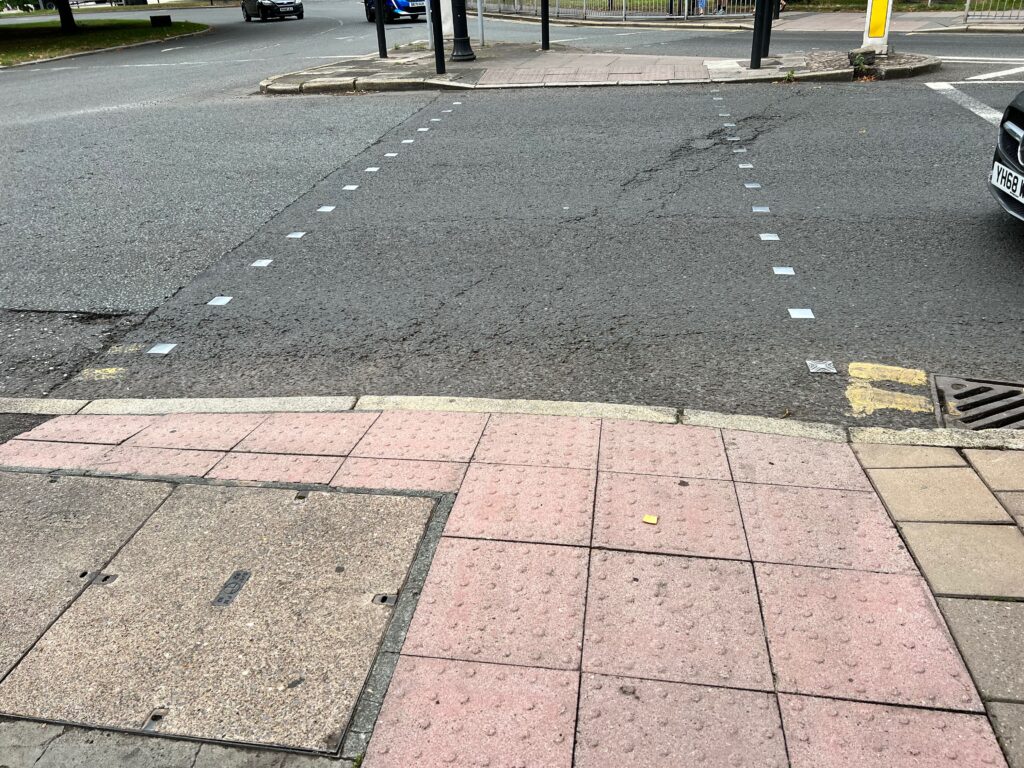
This week, the BBC reported that the Green Man displayed on traffic lights throughout the United Kingdom is expected to remain lit for a longer period of time to benefit disabled pedestrians.
Admittedly, the period would only be extended by one second, bringing the amount of time pedestrians have to cross to seven rather than six. But this tiny change represents a huge shift in the consciousness in the minds of transport officials when it comes to disabled access. In fact, the primary reason for this potential change came about so that local councils could help older and elderly adults cross the road at a less brisk pace, which is something that not every person is capable of.
It is quite remarkable that people’s potential need for more time to cross the road has only been considered for review recently since the last guidance published for traffic wardens was printed back in the 1950s and is outdated for various reasons. For instance, this guidance assumes that the average adult can walk at one meter per second; a conclusion that was drawn during a period when disabled people not only lacked a voice in making the important decisions that affected them but also had little visibility within society in general culturally.
When making this decision, it is highly probable that the wider acceptance and understanding of disability issues in the world today was a catalyst and factor in the consideration. After all, with the increase in accessible built environments and legislation like the Equality Act and various others making accessibility a legal precedent, the gradual increase in inclusive environments will naturally affect the behaviour of disabled people.
While in 1950s Britain, it was considered completely normal that disabled people would not commute to school, work, or the supermarket because the infrastructure did not exist to support them (or even the societal expectation that they could manage these things independently), our country’s gradual but growing empathy and respect for disabled people is naturally resulting in increased confidence and desire in them to navigate public environments. (And it goes without saying you often need to cross roads to get to places!).
Of course, various other factors are at play beyond disability inclusion. Obesity rates throughout the UK have increased since the mid-twentieth century, and it seems that every year we have a larger aging population than the last. Taken purely as a sign of increased support from the transport authorities, Direct Access welcomes the decision to future-proof our public infrastructure and make them inclusive to all. In fact, our consultancy has worked with numerous local authorities to undertake assessments of Britain’s streetscapes, with one of the key areas being the accessibility of road crossings – not only because they are important, but can be dangerous if not properly designed.
For instance, our consultants will check whether there is a turn cone underneath the button pad for DeafBlind people. Additional provisions we investigate include whether suitable tactile paving is available on each side of the road to accommodate people with visual impairments and whether the button pad is of a newer flush type that is easier to press (the older recessed type is difficult to use, including by service dogs trained to press for their owners). And for people who are not able to press buttons at all due to mobility impairments, are there sensors available for people to wave their hands? Is the green man accompanied by a beeping sound when it becomes safe to cross, or is it in need of refurbishment? Our accessibility audits consider all this and more.

Outside the technological aspects, we also look into whether roads are correctly marked for people with visual impairments, ensuring that there are no stylistic road crossings that could disorient people with visual or cognitive impairments, and report road markings if they are showing any sign of deterioration or are marked incorrectly.
We fully support the Transport Authority’s decision to review the time given to cross roads and hope to see the Green Man hanging around for much longer. Although the current review only expects to see a one-second increase, we expect that this decision will undoubtedly make a huge difference to millions of disabled and elderly pedestrians.
Direct Access would like to add that we will be attending the London Build Expo from the 15th – 16th November. Here, we are expected to be one of several organisations in the ‘built environment’ business advocating for meaningful change to construction practices that benefit disabled people in ways that prolonging the Green Man has the potential to do.
If you would like to attend, we will be at stand L8. Tickets for the London Build Expo 2023 can be purchased for free at this link: https://www.londonbuildexpo.com/